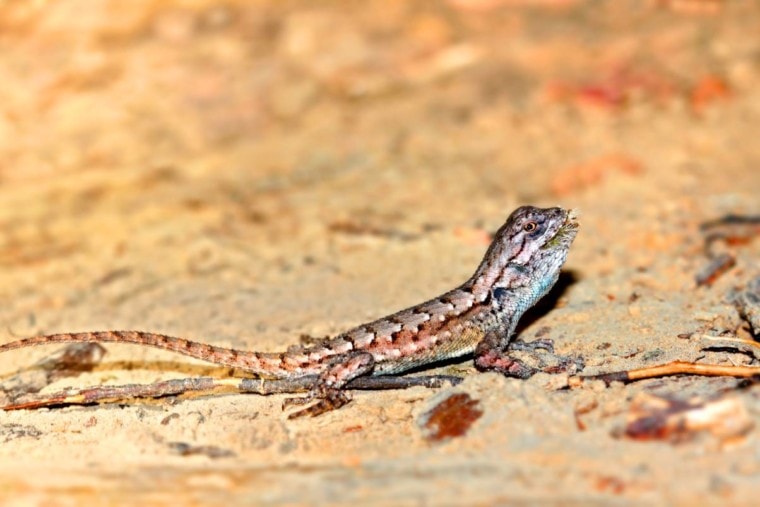
Reptiles are quickly rising to the top of America’s favorite pets because they are easy to raise, have long lifespans and come in a wide variety of shapes and colors, so you are sure to find something you will like. If you are thinking about getting a lizard for your home but would like to learn more about it first, keep reading while we list all of the fascinating and fun lizard facts that will have you running to the pet store.
 The 19 Lizard Facts
The 19 Lizard Facts
1. Lizards Are Easy to Feed
The vast majority of lizards are carnivorous and eat a diet of crickets or mealworms dusted with calcium powder. These foods can be freeze-dried or live, and they are inexpensive and easy to find at any local pet store. However, some of the most popular lizards, including the Green Iguana, are strict vegetarians are perfect for people that can’t stomach insects.
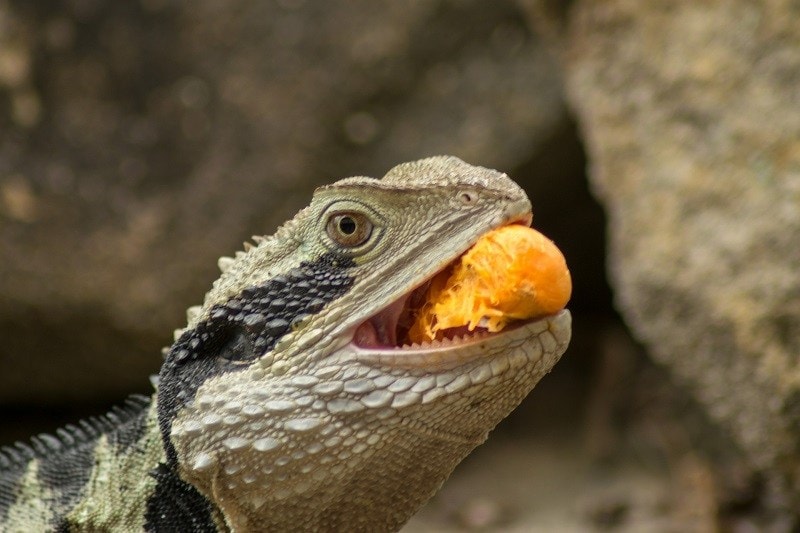
2. Lizards Are Cold Blooded
While many people are aware of the fact that most reptiles are cold-blooded, It can still be a surprise to new owners to see how quickly a drop in temperature can affect your pet. It’s one of the most important parts of maintaining its environment. Low temperatures can cause your pet to go into hibernation, tricking many owners into believing they are dead. More commonly, a drop in temperature will slow your pet’s metabolism to the point where it is eating far less than usual, scaring owners into believing there is a health issue.
3. Lizards Have Movable Eyelids
One thing that sets lizards apart from other reptiles is that lizards have movable eyelids. The gecko, for instance, is famous for licking its eye to remove dust and other debris.
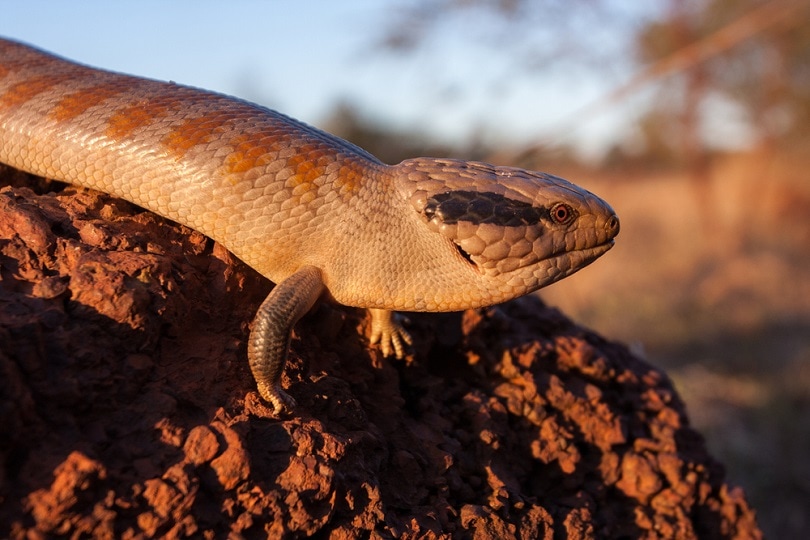
4. Lizards Require Ultraviolet Light to Stay Healthy
Lizards require ultraviolet light to acquire the vitamin D3 needed to absorb calcium and keep their bones strong. In nature, the lizard would get this light from basking in direct sunlight. However, in captivity, you will need to provide this light by using special ultraviolet light-emitting bulbs. These bulbs stop producing UV light before they burn out, so you need to replace them frequently.
5. Lizards Smell with Their Tongue
Like their reptile cousin, the snake, lizards smell their environment using their tongue. Special sensors like taste buds allow the lizard to learn more about its environment.

6. Lizards Have a Detachable Tail
If a lizard is attacked, it can break off its tail, allowing it time to escape.
7. Lizards Have Purposeful Color Patterns
The tail on many colorful lizards has a spotted pattern. These spots cause the predator to attack the tail first. Once the predator has the tail, it will detach and allow the lizard to escape.
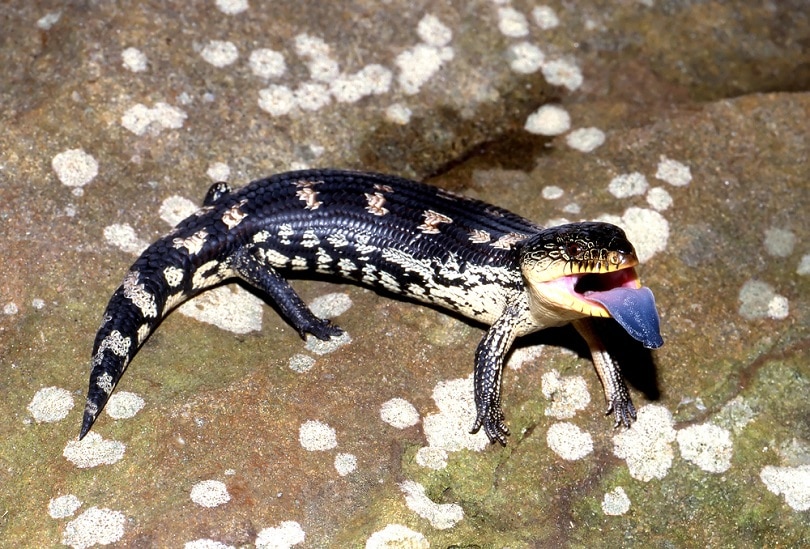
8. Lizards Have Fat Tails
Lizards can store up to 60% of their body weight in their tails. This fat comes in handy when food is scarce, and since the tail is so heavy, a predator often doesn’t notice when it breaks off, and the lighter lizard scurries away.
9. Lizards are Frequently Hunted
Many species of lizard are hunted, even today, for food, skin, and the pet trade. Modern breeders and ethical farms are turning to captive breeding lizards so the wild species can remain untouched.
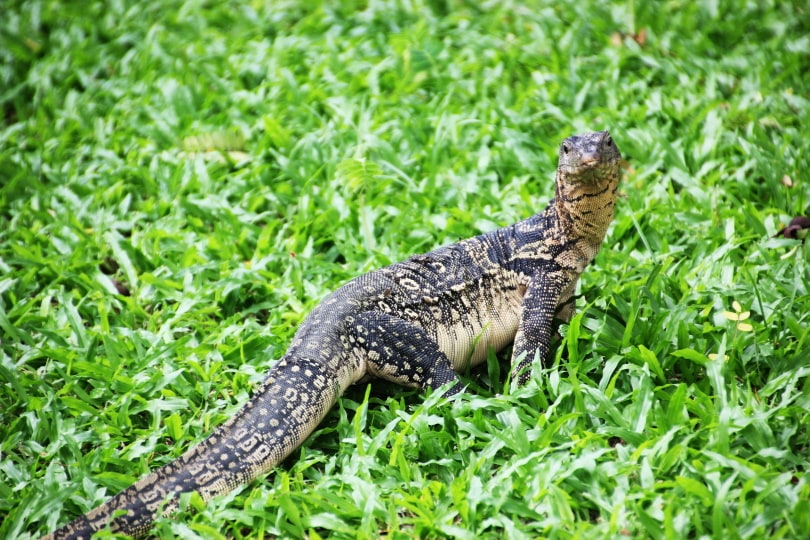
10. Some Lizards are Dangerous
While most lizards pose no danger to humans, the Komodo Dragon can weigh more than 200 pounds growing to more than 10-feet long, possessing a poisonous bite that can be deadly to humans.
11. Many Lizards are Arboreal
Most lizards are excellent climbers and spend most of their time high in the trees, only coming down to mate. Some can even climb smooth surfaces like walls and glass making it easy to find their way into your home if you live in their natural environment.
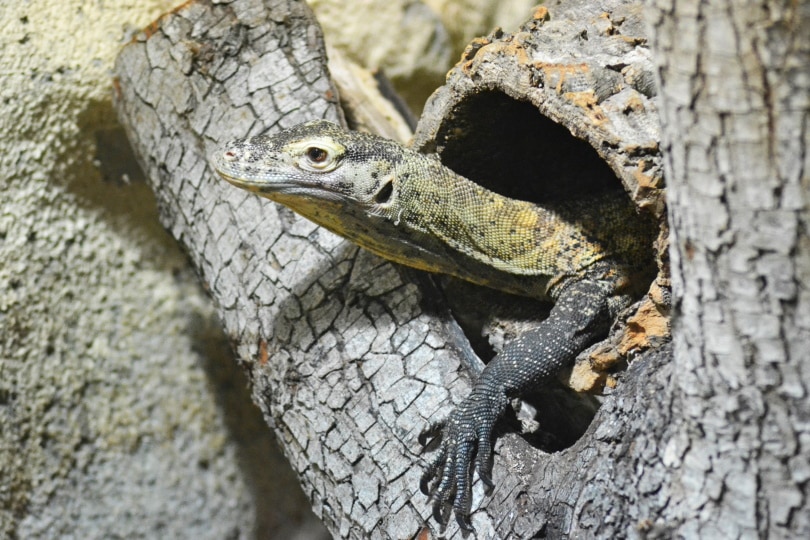
12. May Lizards Can Change Their Color
Several lizard species like the Chameleon can change their color to better blend in with their surroundings.
13. Varied Offspring
Some lizards can lay as many as 23 eggs at a time, while other species will give birth to live young. In some cases, the gestation period can take as long as one year.

14. Lizards Don’t Have Ears
Lizards do not have ears and have simple openings instead. The eardrums are just under the skin and can pick up differences in air pressure, but they are not too effective and aren’t the reptile’s main tool.
15. There Are Lots of Species
There are more than 6,000 species of lizard currently in existence, and scientists are finding new ones all the time.
16. Lizards Live All Over the World
You can find lizards in every country in the world except for Antarctica. Most prefer warm, humid environments, but several species can live in colder areas as well.
17. Lizards Require Almost No Water
Most lizards require almost no water and will stay hydrated from the food they eat. You need to be careful not to feed them too much fruit with plant-eating lizards because it can lead to diarrhea. This limited need for water allows them to venture farther away from a water source

18. Lizards Vary Greatly in Size
We already mentioned the Komodo Dragon, which can reach lengths of more than ten feet. Other lizard species stay quite small and rarely exceed a few inches.
19. Only A Few Have Toxic Venom
There are only three lizards that produce toxic venom: the Komodo Dragon, the Gila Monster, and the Mexican Beaded Lizard.
 Summary
Summary
As you can see, there is a long list of reasons why you should own a lizard. Many children enjoy the bright colors, and they are much less expensive than a cat or a dog. These animals live in almost every habitat, so there is one suitable to your climate, and they have very few health problems.
We hope you have enjoyed reading our list and found a few entries that you didn’t know about. If we have helped convince you to get one of these wonderful pets, please share this list of 19 fascinating and fun facts about lizards on Facebook and Twitter.
Next on your reading list:
Featured Image Credit: Jason Patrick Ross, Shutterstock
 The 19 Lizard Facts
The 19 Lizard Facts






